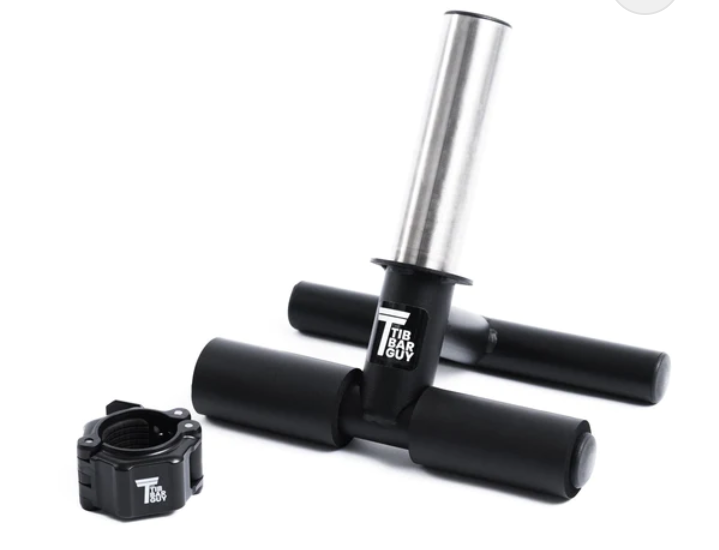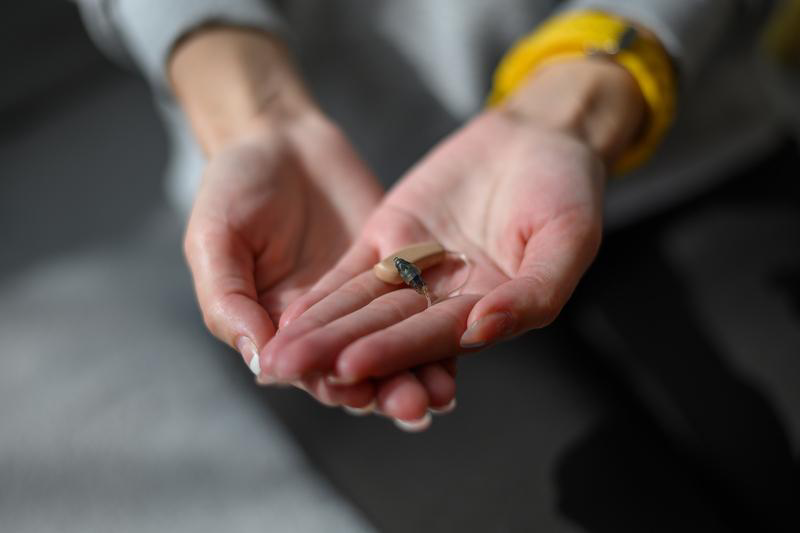The Tibialis Bar is a great item that is often overlooked in the gym but can greatly enhance strength, flexibility, and overall fitness.
This unassuming piece of gear offers a range of exercises that may target different muscle areas and help users meet their fitness goals.
This comprehensive guide will examine the benefits and exercises associated with the Tibialis Bar, shedding light on how it might enhance your training routine.
Tibialis Bar: An overview
The Tibialis Bar, often known as the “Tibia Barbell,” is a specific piece of gym equipment designed to help in a number of lower-body workouts.
It consists of a horizontal bar supported by vertical supports, allowing for diverse application in calves, thighs, and lower back workouts.
Benefits of Tibialis Bar
Incorporating it into your training regimen provides a slew of advantages that may dramatically improve your workout experience. For starters, the Tibialis Bar concentration on calf development with standing calf raises offers a focused approach to sculpting well-defined lower legs.
Additionally, exercises like Romanian deadlifts and deadlifts focus on important muscle areas including the lower back, glutes, and hamstrings, which enhance overall lower body strength. This enhances your physical prowess and fosters better stability and posture.
Furthermore, the Tibialis Bar necessity for complete ankle and knee joint range of motion encourages greater flexibility and joint mobility over time.
Strengthening these regions also helps with injury prevention, making it a must-have tool for anybody looking to avoid frequent strains during athletic activity. Whether you’re a seasoned athlete or a fitness enthusiast, including it into your training regimen will surely enhance your workout routine, allowing you to achieve your fitness objectives more efficiently and effectively.
Effective Tibialis Bar Exercises
- Standing Calf Raises: Place the balls of your feet on the Tibialis Bar and lift your heels as high as possible, then lower them back down. This exercise targets the calf muscles.
- Sumo Deadlifts: Stand with your feet wider than shoulder-width apart and grip the tab bar with a wide stance. Perform a deadlift while emphasizing inner thigh and glute engagement.
- Tib Curls: Another great exercise that focuses on the tibialis anterior. Begin by sitting on a bench with your feet on top of the Tibialis Bar. Contract the tibialis anterior by flexing your toes downward against the resistance of the bar. Hold the flexed posture for a few seconds before releasing and repeating. Perform three sets of ten to twelve repetitions.
- Tib Circles: This dynamic exercise works the tibialis anterior as well as the ankle stabilizer muscles. Stand on one foot and place the Tibialis Bar on the floor. Trace circles on the bar with your toes, spinning in both clockwise and counterclockwise directions. This exercise works the tibialis anterior while also improving ankle stability. Perform two sets of eight to ten circles in each direction on each foot.
Muscles Targeted by the Tibialis Bar:
- Tibialis Anterior: Found at the front of the lower leg, the tibialis anterior is the main muscle focused on during tibia bar exercises. This muscle is crucial for ankle dorsiflexion, the action of raising your toes toward your shins. Strengthening and activating the tibialis anterior with the Tibialis Bar can enhance stability and control, particularly during activities that demand ankle mobility.
- Gastrocnemius and Soleus: The calf muscles, such as the gastrocnemius and soleus, are also worked during tibialis bar workouts. These muscles control ankle plantar flexion, or the squat wedge action that points your toes downward. You may develop these muscles and improve lower limb stability with exercises like calf lifts and plantar flexion using the Tibialis Bar.
- Peroneal Muscles: During Tibialis Bar exercises, the peroneal muscles, which are located on the outside of the lower leg, are worked. These muscles are critical for preserving ankle stability, especially when squat wedge is used to do lateral motions. Reducing the risk of ankle sprains and improving general stability in the lower leg can be achieved by strengthening the peroneal muscles.
Incorporating the Tibialis Bar into Your Routine
To truly experience the benefits of the Tibialis Bar, think about incorporating it into your current exercise regimen. Try to get in two or three sessions a week, with each session concentrating on a different muscle area. To prevent injury, always warm up properly and employ the right form.
In summary
A useful and efficient tool for improving lower body strength, flexibility, and general fitness is the Tibialis Bar. You may unleash the Tibialis Bar’s ability to shape a powerful and robust lower body by include workouts with it in your training routine.
Recall to begin with modest weights and increase them gradually as your strength and skill level rise.


 Home
Home










